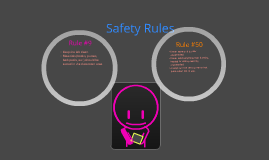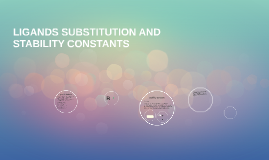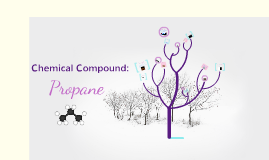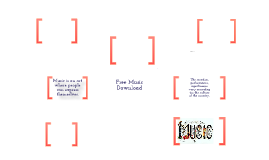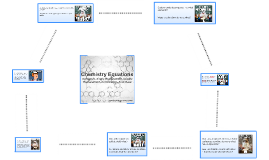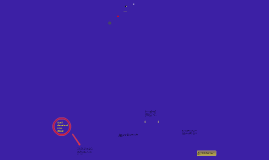Chemistry- Equations
Transcript: The Law of Conservation of Mass states that in any physical change, or chemical reaction, mass is conserved. Meaning that, mass is never created nor destroyed. When you burn wood, you end up with what?? ASHES. Right, right. But, where did the rest of what used to be wood go?! Carbon Dioxide gas and water vapor! They have been released into the air. You MUST consider all three masses.. Ashes, carbon dioxide gas, and water vapor in order to see that the amount of matter is unchanged. Mass of the Reactants = Mass of the Products This explains why it is CRITICAL to balance your equations. BALANCING EQUATIONS For easy understanding we'll use a made up equation. Al+FeO --> Al2O3+Fe Now, why can't we just work with the problem the way it is? IT'S NOT BALANCED!! Now, according to the law of conservation of mass, the reactants MUST equal the products. Soooo, we HAVE to balance this equation before we do anything else! Let's take another look at this equation: Al+FeO --> Al2O3+Fe On the product side, we have.. 1 Al, 1 Fe, & 1 O. On the reactant side, we have.. 2 Al, 1 Fe, & 3 O. Ultimately, you need to find the easiest way to make the numbers match up. Now, since there is no way to get rid of a number that is given in a equation, you have to add numbers. The easiest way to get the Aluminum to match is to add a 2 to the left side. 2Al+Feo You have part of it done, now to balance Fe and O. Pick one and count it. I've picked O. So I have, 2Al+FeO --> Al2+O3+Fe. In order to make the Oxygen match, I add a 3 to the left side. 2Al+3FeO --> Al2+O3+Fe Since your Fe is the only one left that doesn't match, add another 3 to the right. 2Al+3FeO --> Al2O3+3Fe Now, double check that all your numbers match, and YOU'RE DONE! 5 Basic Types of Reactions Synthesis Decomposition Single Replacement Double Replacement Combustion So, you're probably thinking.. "Cool. Now, how am I supposed to recognize these when I see them?!" Easy! Once you learn how to tell them apart, and know that they never change, you will be recognizing them in no time!! For example, in a synthesis reaction, you are ALWAYS combining. A+B --> AB In a decomposition reaction, you will be doing the complete opposite. AB --> A+B In a single replacement reaction, look at it like someone stealing your boyfriend. A+BC --> AC+B In a double replacement reaction, you can look at it like two couples going out together, deciding they like the other couples partner better, and switching. AB+CD --> AD+CB Last but not least, you have a combustion reaction, which you will always end up with carbon dioxide and water. Hydrocarbon+Oxygen --> Carbon dioxide+Water When using the patterns to predict products, you should refer to the activity level chart. Say you're working with Sodium. Na will replace anything below it on the Activity Series of Halogens. This works the same for elements listed on the chart. This has been an original prezi by, Kaitlyn. EQUATIONS








